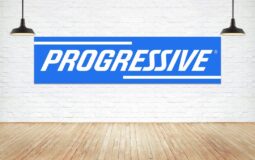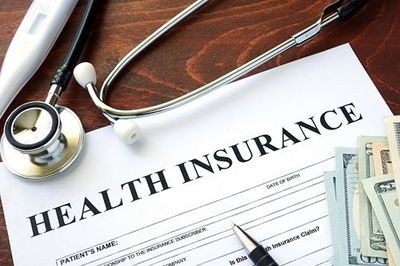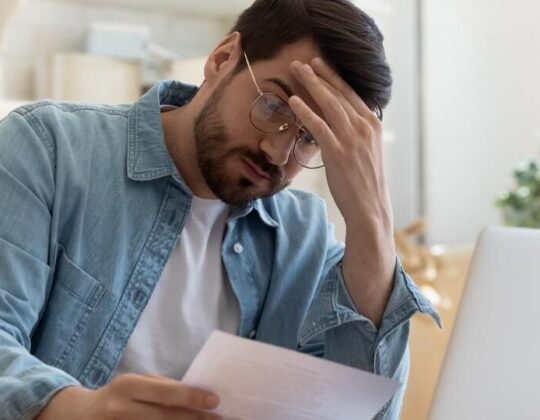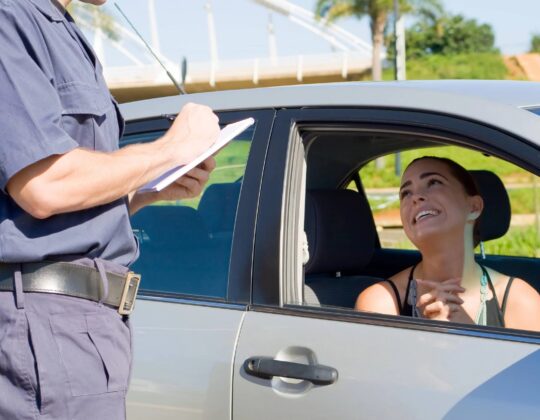Being involved in a car accident can be a stressful and overwhelming experience, but it becomes even more complicated when the other driver is uninsured or underinsured. In such situations, you may wonder what options are available to you and how you can recover damages for your injuries and property damage. In this article, we’ll explore the implications of being in an accident with an uninsured or underinsured driver and discuss the steps you can take to protect yourself and seek compensation.
Understanding Uninsured and Underinsured Drivers:
Before delving into the aftermath of an accident with an uninsured or underinsured driver, let’s first clarify what these terms mean:
- Uninsured Driver: An uninsured driver is someone who does not have any car insurance coverage at the time of the accident. Driving without insurance is illegal in most states, but unfortunately, many drivers still choose to operate vehicles without proper insurance coverage.
- Underinsured Driver: An underinsured driver is someone who has car insurance coverage, but the limits of their policy are insufficient to cover the full extent of damages resulting from the accident. In other words, their insurance coverage is inadequate to fully compensate you for your injuries and property damage.
Implications of an Accident with an Uninsured or Underinsured Driver:
Being involved in an accident with an uninsured or underinsured driver can have significant financial and legal implications. Some of the key challenges you may face include:
- Limited Recovery Options: If the other driver is uninsured or underinsured, you may have limited options for recovering compensation for your medical expenses, lost wages, and property damage. Without insurance coverage to pay for your damages, you may be left to cover these costs out of pocket.
- Legal Complexities: Dealing with an uninsured or underinsured driver can add legal complexities to the claims process. You may need to navigate state laws and insurance regulations to understand your rights and options for seeking compensation.
- Potential Lawsuits: In some cases, you may need to file a lawsuit against the uninsured or underinsured driver to recover damages for your injuries and property damage. However, if the driver lacks sufficient assets to pay a judgment, you may still face challenges in recovering the full amount owed to you.
Steps to Take After an Accident:
If you’re involved in an accident with an uninsured or underinsured driver, it’s essential to take the following steps to protect yourself and maximize your chances of recovering compensation:
- Document the Accident: As with any car accident, it’s crucial to document the scene by taking photos of the vehicles involved, gathering contact information from witnesses, and obtaining a copy of the police report.
- Notify Your Insurance Company: Contact your insurance company as soon as possible to report the accident and initiate the claims process. Your insurer may offer uninsured/underinsured motorist coverage (UM/UIM), which can provide coverage for your injuries and property damage in the event of an accident with an uninsured or underinsured driver.
- Seek Medical Attention: Even if you don’t believe you’ve been seriously injured, it’s important to seek medical attention promptly after the accident. Some injuries may not be immediately apparent, and delaying treatment could jeopardize your health and your ability to recover compensation later.
- Consider Legal Assistance: Depending on the circumstances of the accident and the extent of your damages, you may want to consult with a personal injury attorney who specializes in uninsured/underinsured motorist claims. An attorney can help you understand your rights, negotiate with insurance companies, and pursue legal action if necessary.
Options for Recovery:
If you’re involved in an accident with an uninsured or underinsured driver, there are several options available for recovering compensation:
- Uninsured/Underinsured Motorist Coverage: If you have UM/UIM coverage as part of your own car insurance policy, you can file a claim with your insurer to seek compensation for your injuries and property damage.
- Personal Injury Protection (PIP): If you live in a no-fault insurance state, you may be entitled to benefits under your own PIP coverage, regardless of who was at fault for the accident. PIP coverage can help cover medical expenses, lost wages, and other costs related to your injuries.
- Civil Lawsuit: In some cases, you may need to file a civil lawsuit against the uninsured or underinsured driver to recover damages for your injuries and property damage. However, this option may not be feasible if the driver lacks sufficient assets to satisfy a judgment.
Conclusion:
Being involved in an accident with an uninsured or underinsured driver can be a challenging and frustrating experience. However, there are steps you can take to protect yourself and seek compensation for your injuries and property damage. By understanding your insurance coverage options, documenting the accident, seeking medical attention, and considering legal assistance, you can navigate the aftermath of an accident with an uninsured or underinsured driver with confidence and clarity.










